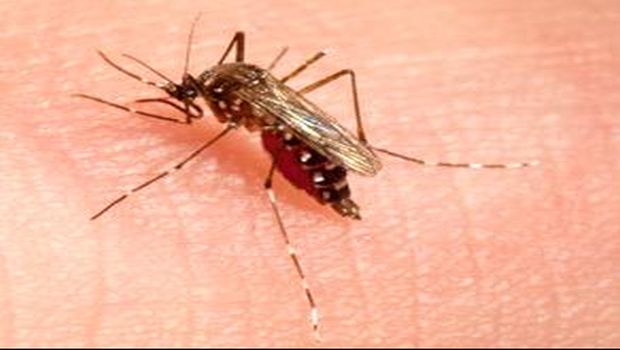New Study in Kenya Shows Relationship Between Waste and Mosquito-Borne Illnesses
A recent study in Kenya reveals significant overlapping risks for mosquito-borne diseases, including malaria, chikungunya virus (CHIKV), and dengue virus (DENV), with household crowding and the presence of trash as risk factors for transmission hotspots.

A recent study conducted in Kenya has shed light on the overlapping risks of mosquito-borne diseases, including malaria, chikungunya virus (CHIKV), and dengue virus (DENV), and their connection to trash.
These diseases are endemic in Kenya and often cause acute febrile illness, especially among children. However, the spatial and environmental factors affecting their transmission had not been thoroughly investigated in the region until now.
Between 2014 and 2018, researchers prospectively followed a cohort of children from four communities in coastal and western Kenya. They found that 9.8% of the children were CHIKV seropositive, 5.5% were DENV seropositive, and 39.1% were positive for malaria. Spatial analysis revealed hotspots for all three diseases in different areas, and the risk of exposure was associated with various demographic and environmental factors.
The study's findings indicated that factors such as household crowding and the presence of litter were linked to a higher risk of being in transmission hotspots for all three diseases. The presence of window screens, bed nets, and metal roofing in households were protective factors that reduced the probability of transmission hotspots.
Surprisingly, higher wealth in these communities was associated with a greater risk of transmission hotspots. This was likely because individuals with more means had higher exposure due to behavioral factors and household characteristics not fully captured by the study's variables.
The study's results emphasize the importance of considering built and social environments when addressing vector and infection control for mosquito-borne diseases in Kenya. They provide valuable insights for public health officials and communities to reduce the burden of DENV, CHIKV, and malaria. Additionally, the study highlights the significance of spatio-temporal modeling in understanding the transmission of these infections.
The study offers a foundation for further research in communities with a high prevalence of these infections. Researchers underscored the complex interplay of factors influencing the spread of mosquito-borne diseases in Kenya and the need for targeted control measures.
About the Author(s)
You May Also Like


